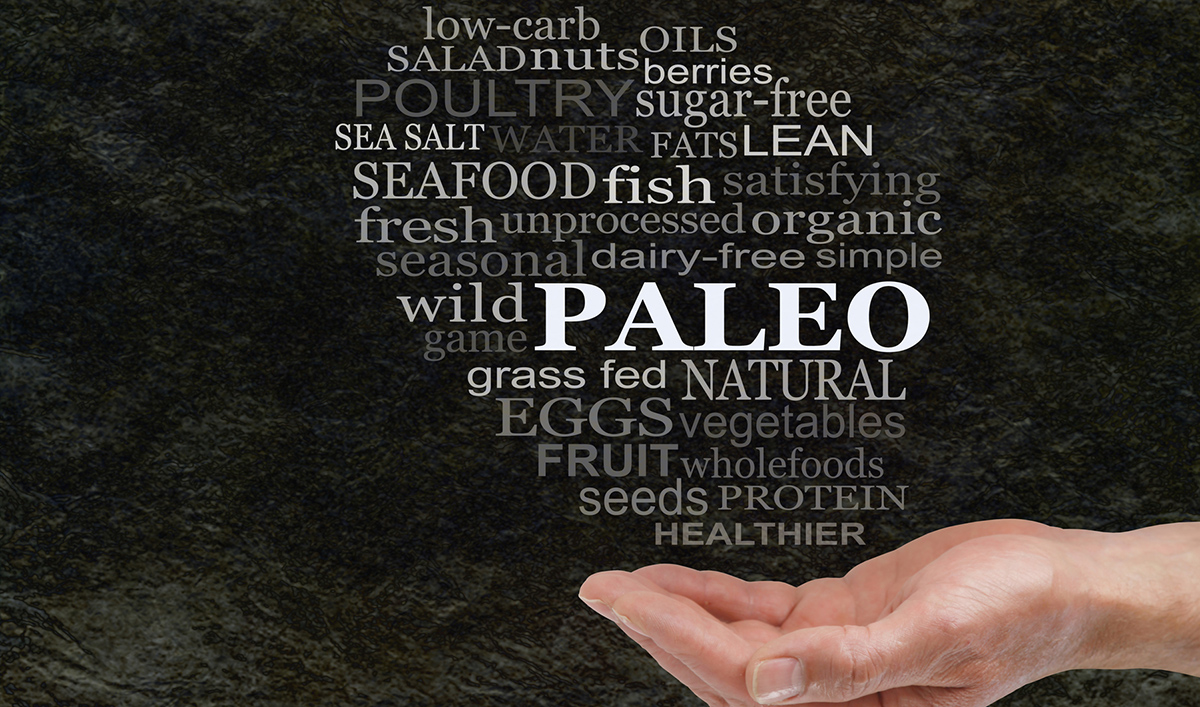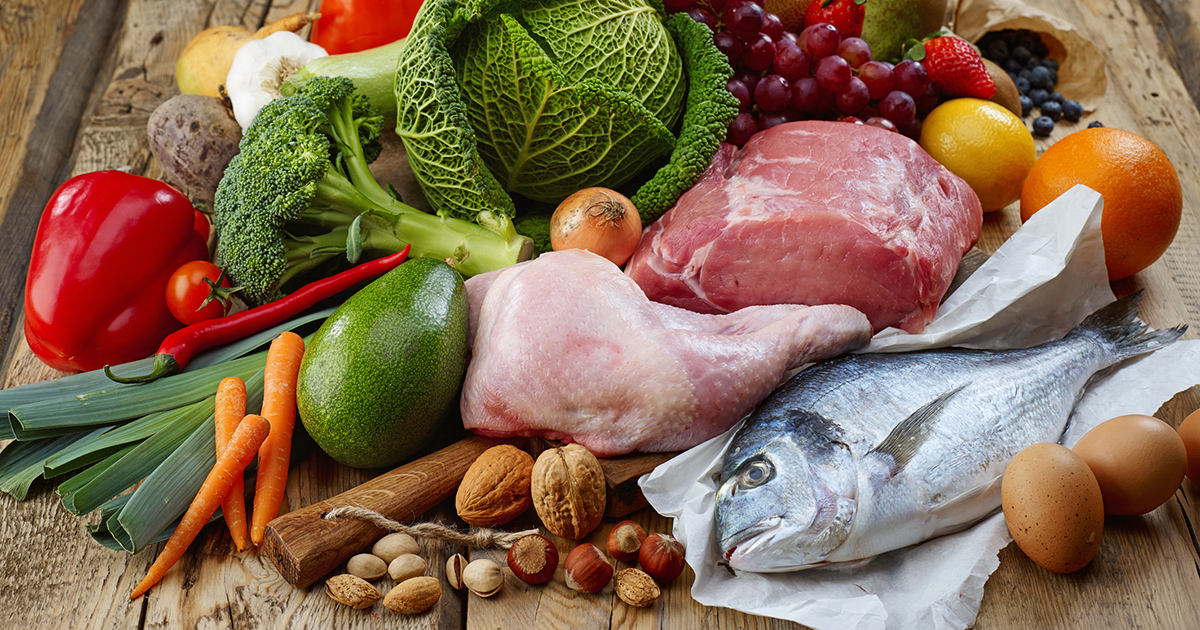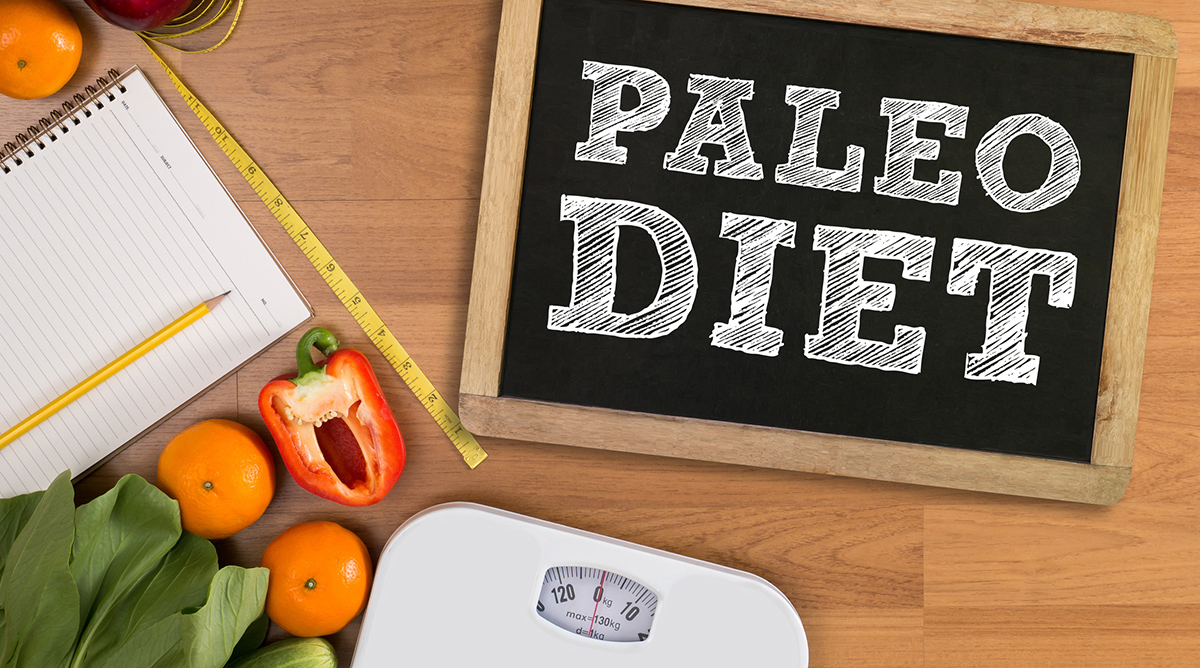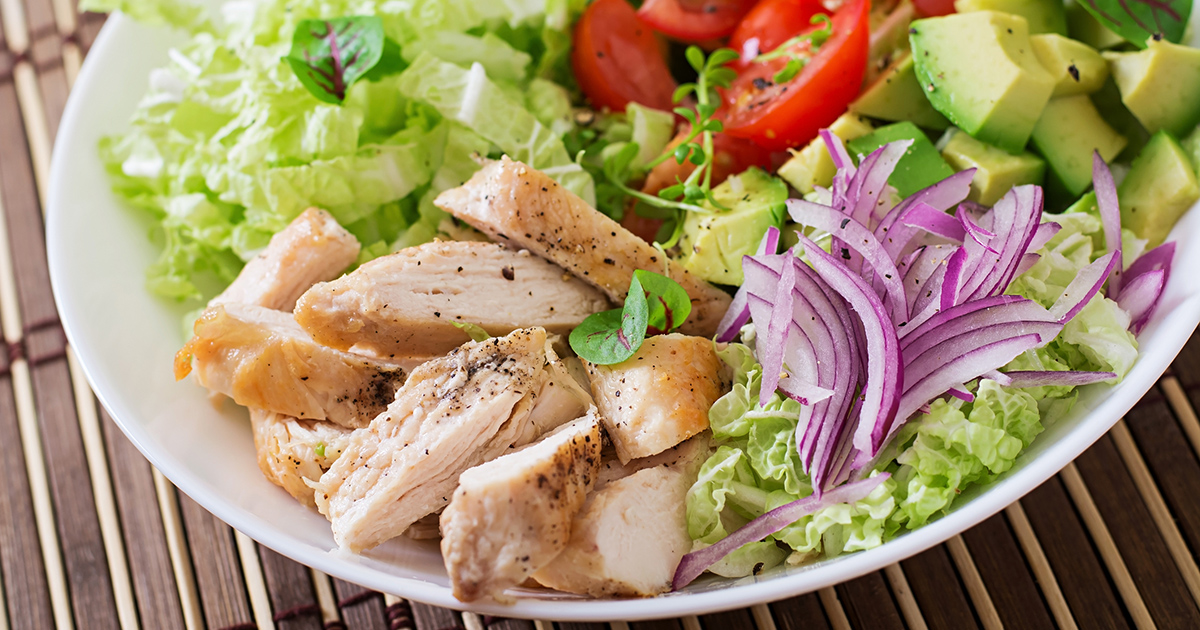Is The Paleo Diet Right For You?
The Paleolithic Diet, more commonly known as the Paleo Diet, the caveman diet or stone-age diet, is an increasingly popular fad diet that promotes a healthy diet including fresh fruit and vegetables, and the avoidance of processed foods, and refined sugar and salt. The foods involved in the diet are based on the presumption that these were the only foods either available or consumed by humans during the Paleolithic era. The diet is supposed to promote the improvement in body composition and metabolic effects compared to the typical Western diet. What makes this diet healthy and what types of food can an individual eat while partaking in it? Keep reading to find out the answers to these burning questions!
What Is The Paleo Diet?

The original idea of the Paleolithic Diet can be traced back to the book by gastroenterologist Walter Voegtlin, but popularized by Loren Cordain’s bestselling book, The Paleo Diet. The original diet as described in Cordain’s book is an individual’s daily calorie count for a balanced diet should consist of fifty-five percent seafood and lean meat, fifteen percent each of fresh fruits, vegetables, and nuts and seeds. Foods to avoid include no added sugar, salt, or processed foods.
The diet is based on not just avoiding modern, refined foods, but also foods humans began eating after the Neolithic Revolution, or the Agricultural Revolution. Scientifically, experts believe individuals should be eating vegetables, fruits, nuts, roots, meat and organ meats, fruit oils such as olive, coconut, and palm oil, fish, and eggs. However, the diet is relatively restrictive, and thus it is considered more of a ‘lifestyle’ than just a diet, as the foods that compose this diet are based on what the authors believed was the diet of our ancestors.
The Benefits Of The Diet

The Paleo Diet can offer an individual many health benefits due to the high amounts of fresh fruits and vegetables, and lean protein options available. Some of the significant benefits of the diet include an individual will likely eat an incredibly clean diet deprived of additives, preservatives, or chemicals, and there are anti-inflammatory benefits from the plant nutrients found in the fruits, vegetables, nuts, seeds, and oils consumed. Also, the red meat that is part of the diet can provide an individual with more iron, as well as improved satiety, the feeling of fullness between meals, due to the higher intake of healthy fats and protein.
More Benefits Ahead!

Many people report losing weight with the diet, but this is primarily due to the limited food choices and fewer calories consumed compared to other diets. Some research even reports participants of the Paleo Diet had better cardiovascular and metabolic health compared to those eating a standard diet, however more studies need to be done to prove these claims further. According to the Harvard School of Public Health, three-quarters of the average American’s sodium intake comes from commercially processed foods, and individuals who cook at least five times a week are forty-seven percent more likely to live ten years longer on average, compared to those who eat more processed foods. Due to the Paleo Diet’s avoidance of all processed foods, and refined sugars and salt, participants are likely to reap these benefits and live a healthier and longer life.
The Downfalls Of The Diet

Despite its healthy food selection, following the Paleo Diet can potentially lead to calcium and vitamin D deficiencies, with side effects including weakness, diarrhea, and headaches, as the diet does not include dairy products, and the foods available have lower amounts of these nutrients. As a result, this could compromise bone health and density in an individual, which can lead to other serious health issues in the future. There is also a risk of toxins from the high fish consumption that is part of the diet.
Research into how effective the diet is with weight loss generated poor results, as one trial found improvements in weight and fat loss after six months, however, the benefits had ceased by twenty-four months, with side effects that included weakness, diarrhea, and headaches, similar to nutritional deficiencies participants can experience. Experts believe any weight loss incurred is the result of calorie restriction, rather than any specific benefit of the diet itself.
What Foods Can I Eat?

Foods included in the paleo diet are grass-fed meat, fish and seafood, fresh fruits and vegetables, eggs, nuts and seeds including coconut, and healthy oils such as olive, walnut, flaxseed, avocado, coconut, macadamia, and grapeseed. Lean meats include chicken, turkey, lean beef, lean pork, and buffalo (bison). Specifically, non-starchy vegetables include lettuce, asparagus, green beans, broccoli, cabbage, Brussel sprouts, cauliflower, and spinach. Nuts included are almonds, walnuts, cashews, pecans, and pistachios, and seeds such as pumpkin and sunflower. Essentially, individuals are only allowed to consume foods ‘cavemen’ or our ancestors ate over 12,000 years ago.
Next, let’s find out what foods a participant must avoid when following the Paleo Diet!
Foods That Must Be Avoided!

Foods to avoid include cereal grains, legumes including peanuts, refined sugar, dairy, potatoes, processed foods, salt, refined vegetable oils, alcohol, and coffee. Specifically, grains to avoid are oats, wheat, barley, and rice, hence, no cereal, bread, pasta, bagels, crackers, and granola bars. Starchy vegetables such as potatoes, corn, tortillas, and popcorn, should be avoided as well. Legumes and beans to avoid are peanuts and peanut butter, no soy foods such as soy milk, tofu, or edamame, as well as no hummus or beans of any kind.
Dairy products include no milk, cheese, yogurt, or ice cream, and the avoidance of high-fat meats such as salami, bologna, pepperoni, ground meat, hot dogs, rib roast, and ribs. A huge component of the diet is avoiding all processed foods, sugars and salt, which includes soda, honey, jam, syrup, candy, cakes, cookies, and sports drinks, due to the sugar. Processed foods and trans fats found in fast food, fruit snacks, or the classic macaroni and cheese is to be avoided, as well as salty foods including crackers, chips, pretzels, soy sauce, and added-salt foods.
Examples Of Meal Ideas

Here are a few examples of some healthy foods that are a part of the Paleo Diet an individual can consume! For breakfast, a participant can have omega-3 or free-range eggs scrambled in olive oil with chopped parsley, grapefruit or any fresh seasonal fruit, and herbal tea. For lunch, an individual can consume a garden salad with chicken with olive oil and lemon dressing and herbal tea. For dinner, a person can enjoy grilled skinless turkey breast, avocado and tomato slices, steamed broccoli, artichokes and carrots, a bowl of fresh blueberries, almonds, raisins, and one glass mineral water. For snacks in between meals, participants can have apple slices, raw walnuts, sliced lean beef, and fresh seasonal fruit, such as apricots.